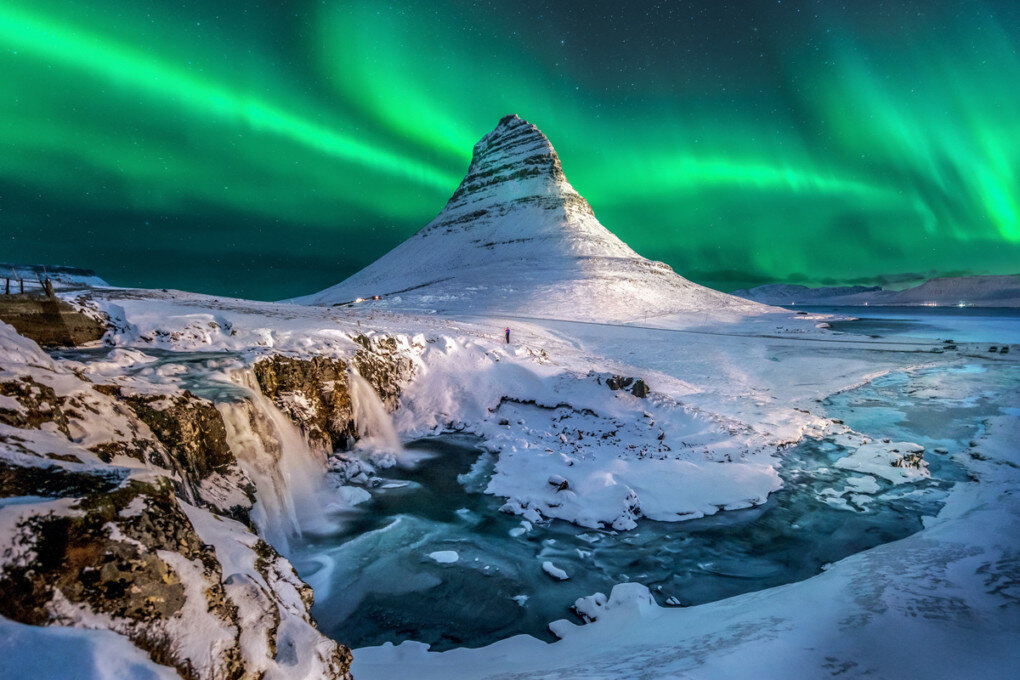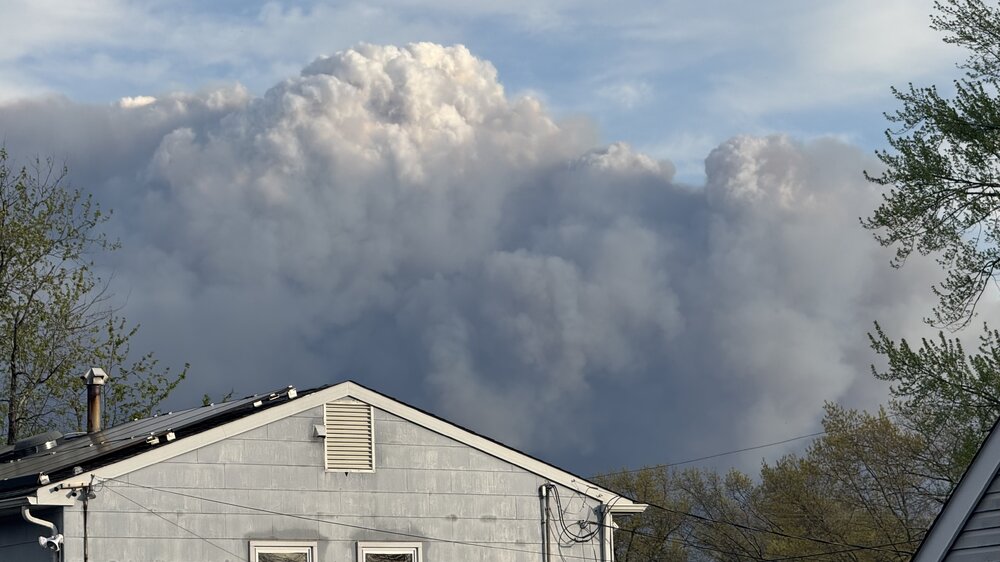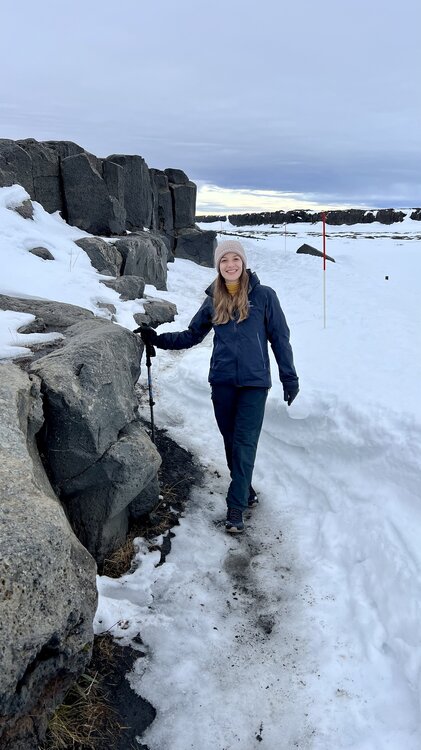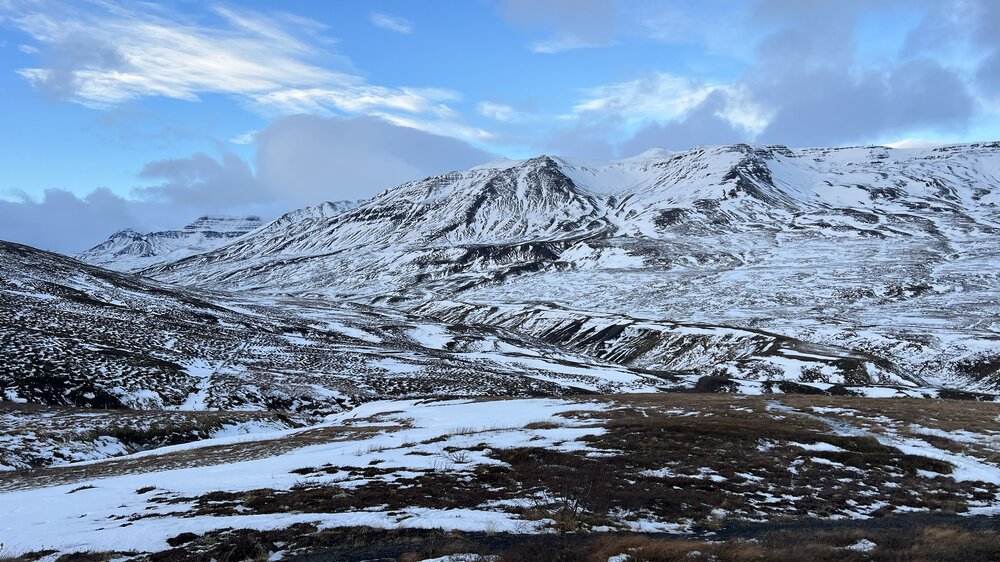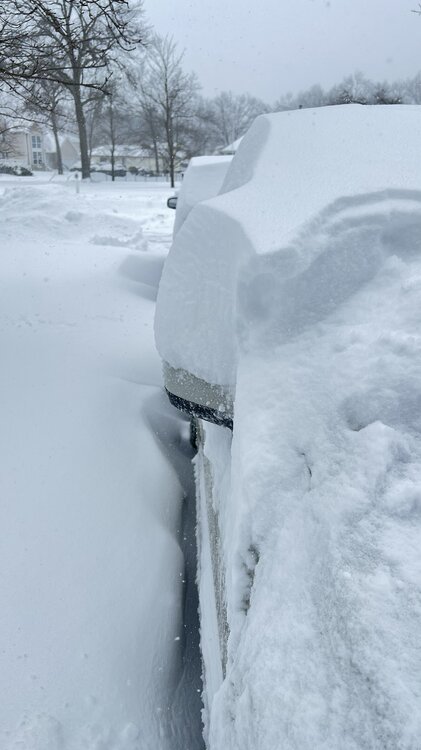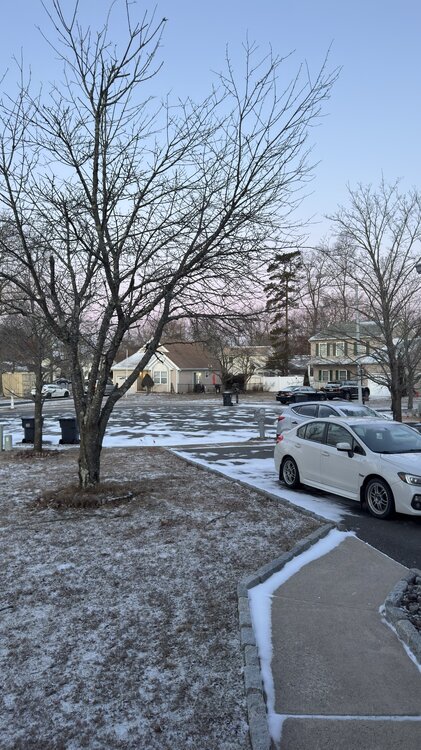-
Posts
1,515 -
Joined
-
Last visited
About Volcanic Winter

Profile Information
-
Four Letter Airport Code For Weather Obs (Such as KDCA)
EWR
-
Location:
Ocean & Union, NJ
Recent Profile Visitors
5,533 profile views
-
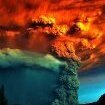
June 2025 discussion-obs: Summerlike
Volcanic Winter replied to wdrag's topic in New York City Metro
Is it winter yet? -
-
Continental climate exemplified, subject to the dominant airmass at the time and prone to extremes (I’m talking about NA overall, not Koppen climate zones). We’re lucky though, all things considered. The Chinese coast at our latitude hardly receives any snow, not because of temperature or anything but simply lack of moisture - and there’s no juicy Gulf Stream right offshore ready to amplify storms into bombs. I know we often bemoan our deck of cards, but it’s really not bad relative to other comparable locations. We don’t have an enormous snowfall average, but we at least can expect snowfall every winter and have the chance at monstrously powerful cold hurricanes that many places will never experience. I was thinking about this even before your post made me reflect on our climate, but we really do have it kinda cool here.
-
I thought only coastal sections / parts of the Delmarva and VA exceeded climo? I linked a chart from Feb 20th that showed many areas of the MA were still below average, and from reading the MA forum - many weren’t all that thrilled with the snowfall this year. I mean for sure they appreciated the lasting snow in Jan, as did we - it certainly wasn’t a bad winter for most of them. But it seemed like the repeated snows were mostly odd coastal sections. I’d have to look again, but I certainly didn’t garner the impression it was some blockbuster winter for the broader MA.
-
I honestly really enjoyed this winter, especially in relation to the past several. That said, I’m truly someone who loves cold weather - it makes me feel alive and invigorated. I’m an avid winter hiker and outdoor enthusiast, my wife and I mainly travel in the winter to go to snowy places and get outside (injury reasons for both of us sadly are why we don’t ski / snowboard). That said, I’m really earnestly disappointed we couldn’t cash in on one big region wide storm. It did feel like it was our time, it felt like that last threat was the one, and I allowed myself to get invested even vividly recalling how many recent rug pulls we’ve endured. It sucks. But at least we had a winter that felt like winter, and snowfall that stayed around and didn’t generally melt the day after in 60 degrees. Hopefully it’s a sign of things to come going forward if the PDO begins to relax, but we still definitely need Pac help (that damn jet needs Xanax). Was a pleasure.
-
-
Down to 13 overnight, don’t think this was forecasted (I saw like 20-22). Good radiative conditions?
-
Northern Ocean Co was a screw zone this winter and a partial screw zone in 2022 in that the early Jan event that gave ACY like a foot down to Cape May gave us nothing but virga with a hard northern cutoff. This year I have ten inches, storms missed south repeatedly and north. Thankfully 1/29/22, I had the Jersey jackpot with 16 inches (I think our poster from Barnegat beat me at 18 though, still I’m not complaining). I would be much …pissy-er without that storm. Cold smoke, 22f, windy, … was a good one.
-
Not caught up in our thread yet so forgive me if this has been posted recently, but I saw this and found it interesting (in a painful sort of way ): The Delmarva and VA/NC coasts on south really did unbelievably well, not so much inland or north of VA.
-
I now have 10 inches on the season, the upside here is it oddly fell across like 5-6 separate “events” so there were at least several ‘wintry’ days and melt happened way slower than the past few winters. I’ll take it as someone who loves and appreciates cold weather, winter at least has felt like winter and that counts for something. This works for me:
-
Was one of the first old threads I went back and read through when I first signed up at American WX a few years ago. I really think Boxing Day was my favorite storm of all time despite living through multiple HECS. I lived in North Brunswick then which was near one of the maxes in NJ. Especially coming just after the holiday was the perfect chef’s kiss on the whole thing. Sadly the only big storm I’ve been able to experience live here was 1/29/22 and that was only a real big one for like myself and LI, but was still exciting overall.
-

OBS-Nowcast Noon Saturday 2/15-Noon Monday 2/17
Volcanic Winter replied to wdrag's topic in New York City Metro
70ish mph gust went right over my house. Might have been the strongest wind I’ve personally been in my home for.- 475 replies
-
- 3
-

-
So happy this gave many at least something. Do we know totals out of ACY - Cape May? They looked to have been in the heavier bands.
- 338 replies
-
- 1
-


